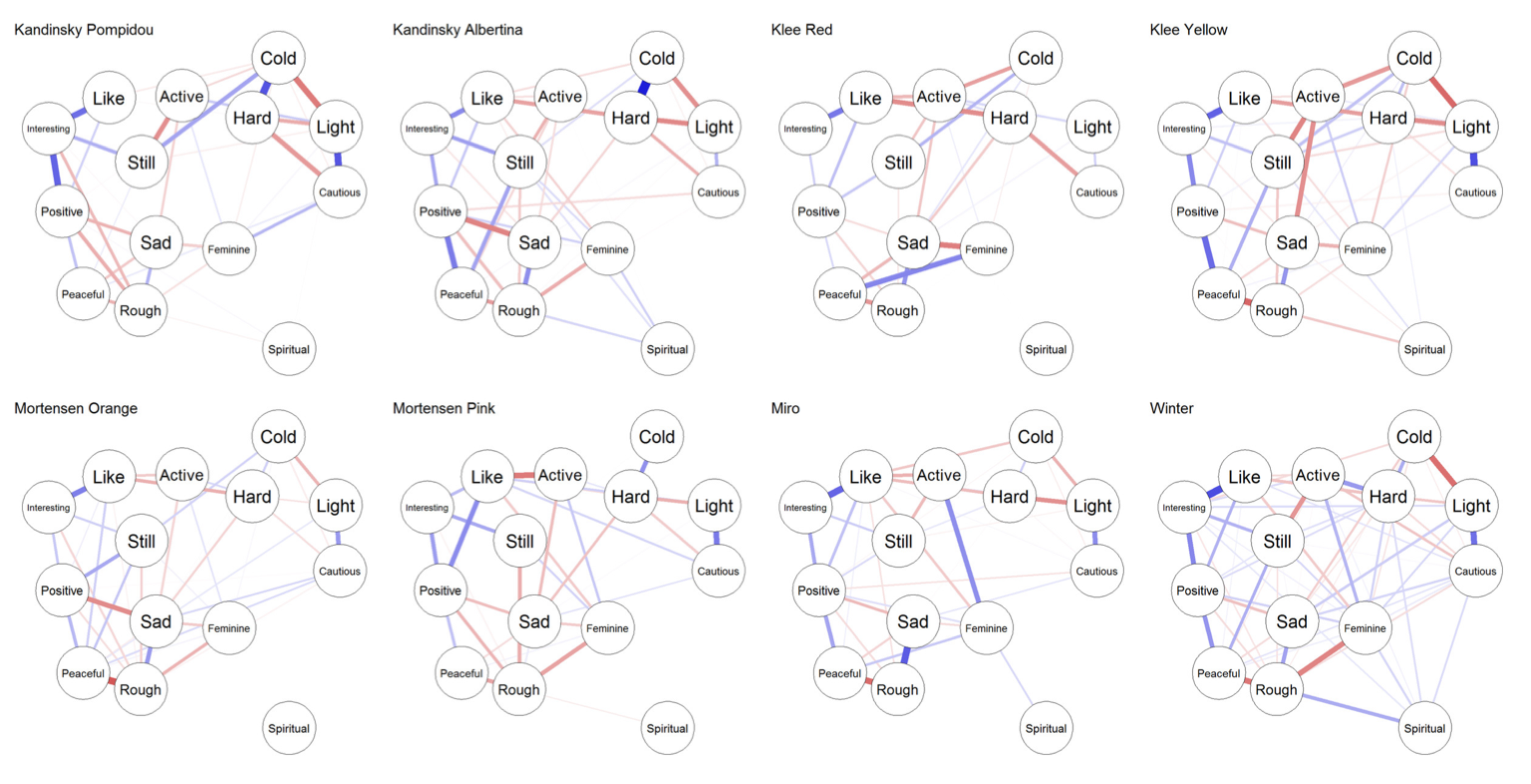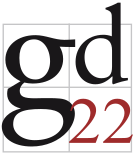GD Contest
Creative TopicsPermalink
We have two creative topics that are judged independently:
- Opera Network: The data represent a collection of opera performances that took place across Europe between 1775 and 1833.
- Aesthetic Experience Network: The data set represents 8 networks that model an aesthetic experience of the viewers when observing artworks..
Participants may submit drawings of both graphs (or only one graph).
Opera Network
The data represent a collection of opera performances that took place across Europe between 1775 and 1833.
Each row corresponds to a performance and contains the following information:
- The performance title (title)
- The librettist’s name (libertist)
- The composer’s name (composer)
- The performance year (performance_year)
- The city in which the performance tool place (placename)
- rism_id - unique identifier corresponding to the performance that gives a possibility to extract more information about the performance from RISM database
The data were extracted from the RISM database and was offered by Frans Wiering - professor of Utrecht University studing Musicology.
There are several possibilities on how a network can be extracted from this data. We leave it to the participants to decide how and whether to model this data set as a network. The possible research questions that can drive this modeling were pointed by Frans Wiering and are as follows:
- How performances travelled geographically and in time?
- How Italian/Viennese operas travelled to Europe?
- Which operas stayed at same place and which went over Europe?
- Are there patterns in collaborations among composers and libertists, also over time?
The data can be downloaded here.
Aesthetic Experience Network
The data set represents 8 networks that model an aesthetic experience of the viewers when observing artworks. The analyzed artworks are 8 paintings by Klee, Kandinsky, Mortensen, Miro and Winter:
| Artist | Title | Shorthand Title | Year | Collection |
|---|---|---|---|---|
| Paul Klee | Zeichen in Gelb/ Sign in Yellow | Klee Yellow | 1937 | Foundation Beyeler, Riehen/Basel |
| Paul Klee | Blick aus Rot/ Be aware of Red | Klee Red | 1937 | Zentrum Paul Klee, Bern |
| Wassily Kandinsky | Regungen/Impulses | Kandinsky Albertina | 1928 | Albertina Vienna – permanent loan basis, Collection Forberg |
| Wassily Kandinsky | Untitled | Kandinsky Pompidou | 1934 | Centre Pompidou, Paris |
| Richard Mortensen | Øvelsesstykker/ Exercise pieces | Mortensen Pink | 1922 | Private Collection – sold by Bruun Rasmussen Auctioneers, 6. August 1992, lot 728 |
| Richard Mortensen | Øvelsesstykker/ Exercise pieces | Mortensen Orange | 1922 | Private Collection – on sale at Bruun Rasmussen Auctioneers, 20. July 1992, lot 729 |
| Joan Mirò | Untitled | Miro | 1961 | Yvon Taillandier, Pierre Matisse Gallery, cat raissonnee: 292 |
| Fritz Winter | Siebdruck 6/ Silkscreen 6 | Winter | 1950 | Galleri MDA, Sweden, Helsingborg |

Each of the 14 nodes represents one of the two polarities of an aesthetic effect:
- positive — negative
- active — passive
- still — lively
- sad — happy
- peaceful — aggressive
- hard — soft
- cold — warm
- light — heavy
- rough — smooth
- spiritual — bodily
- feminine — masculine
- cautious — intrusive
- like — dislike
- interesting — uninteresting
The edges are weighted by conditional dependence relations among aesthetic effects: If two aesthetic effects are connected in the resulting graph, they are dependent after controlling for all other symptoms. Thus, a negative dependency between A and B indicates a positive dependency between A and the opposite of B.
The provided excel file contains 8 tabs - one for each network corresponding the artwork, given in the tab’s title. Each tab is a weighted adjacency matrix, where each cell is the value of the conditional dependence among corresponding aesthetic effects.
The pictures of the artworks can be provided on demand to the participants, as they are subject to copyright and cannot be freely published on the web page. In case the participants decide to use the pictures of the artworks in their submission, they have to provide a second version of the poster without pictures of the artworks that can be shared on the web page of GDcontest and Twitter.
This data is a result of the research presented in the paper Associating With Art: A Network Model of Aesthetic Effects by Specker et al and the full set of collected data is available online. When sharing the data for the challenge, the authors of the paper said they are curious "how to visualize this data set for an art historical audience or other audience that does not know about network theory."
The data can be downloaded here.
Evaluation
For the creative topics, you are completely free to use any drawing style you wish. Your submissions will be judged on a list of criteria that includes, but is not limited to, readability, aesthetics, novelty, and design quality. The weighting of the criteria might be different for the two graphs.
Submission
Submissions will be handled through EasyChair at the web site
and must be received by September 08, 2022. The submission must be a pdf version of your visualization, suitable for printing on a large A0 poster. Your submission should also include the following information, either added to the pdf file, or in the abstract:
- A brief description on how the graph and layout were produced.
- (Optional) A link to a visualization illustrating the graph in a format of your choosing (e.g., an interactive tool).
- (Optional) A link to a web-friendly image of your visualization, max resolution 1000 by 1000 pixels. If not provided, we will use a picture of the submitted poster for the website.
If your drawing requires special printing because of size, resolution, or color constraints, you are encouraged to submit via hard-copy to the address below. In this case, please contact us in advance and make sure that your submission is received no later than September 05. Please still submit the remaining items via EasyChair.
Philipp Kindermann
Universität Trier
Fachbereich IV - Informatikwissenschaften
Lehrstuhl für Algorithmik
Campus II - Gebäude H - Raum 427
54286 Trier
Germany


